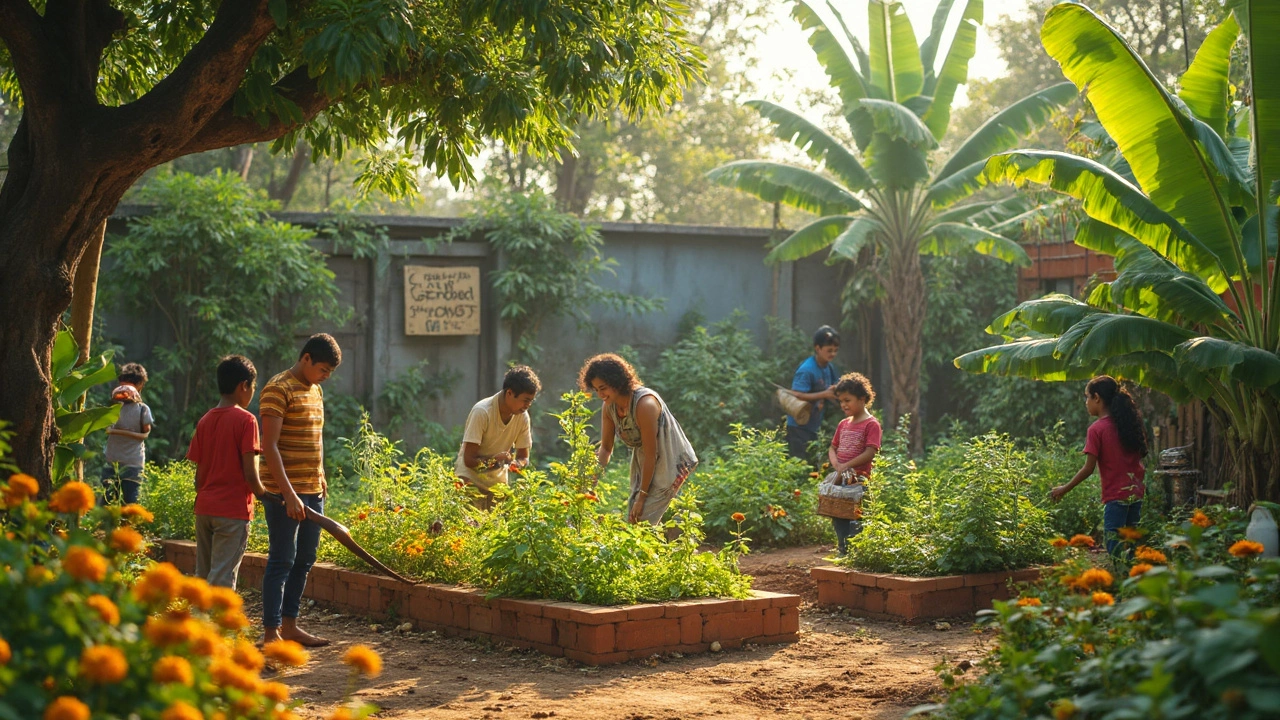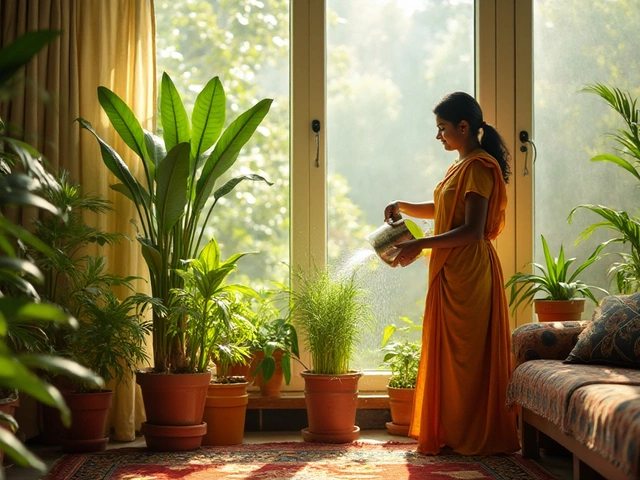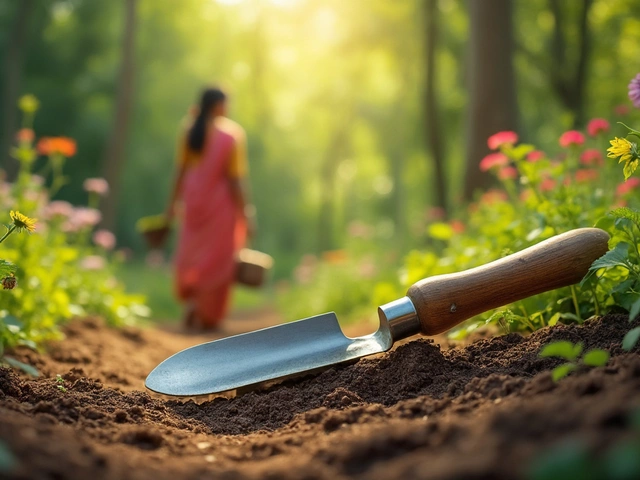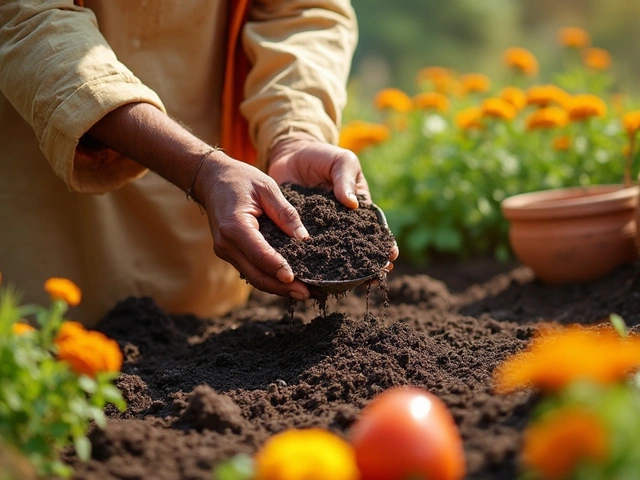Self‑Sustaining Garden: Simple Steps to Grow an Eco‑Friendly, Low‑Maintenance Garden
Want a garden that feeds itself, uses little water, and stays healthy year after year? You don't need a big budget or fancy tools. Just follow a few practical ideas that work well in Indian climates.
Build Healthy Soil with Compost
Good soil is the foundation of a self‑sustaining garden. Start by turning kitchen scraps, garden waste, and dry leaves into compost. Mix the compost into the top 6‑8 inches of soil each season. This adds nutrients, improves drainage, and encourages beneficial microbes that protect plants from disease.
If you have limited space, use a stacked compost bin or a simple pit. Turn the pile every two weeks to speed up decomposition. Within a few months you’ll have dark, crumbly compost ready to feed your beds.
Save Water with Smart Irrigation
Water is the biggest cost for any garden. Drip irrigation or soaker hoses deliver water right to the root zone, reducing evaporation. Bury the drip lines 2‑3 cm deep and space emitters about 30 cm apart for most vegetables.
Run the system early in the morning or late evening, and only for 15‑20 minutes. Pair drip irrigation with mulch to keep the soil cool and moist. The combination can cut water use by half compared to sprinklers.
Choose plants that love the Indian weather. Native grasses, desert‑origin succulents, and drought‑tolerant shrubs need far less water. Examples include Indian lilac, cactus, and bottle‑brush.
Mulching with straw, dry leaves, or coconut coir locks moisture in and blocks weeds. A 5‑cm layer is enough to make a big difference. Refresh the mulch each season to keep it effective.
Natural pest control keeps the garden balanced without chemicals. Plant companion species like marigold, neem, or basil to repel aphids and pests. Hand‑pick larger insects and use neem oil spray only when needed.
For small yards or balconies, think vertical. Hang pots, use trellises, or install a pocket‑planter system. This maximizes space and lets rainwater run down the structure, feeding the roots.
Regularly check soil moisture with a simple finger test. If the top 2 cm feels dry, it’s time to water. This habit prevents over‑watering and saves water.
By focusing on soil health, water efficiency, native plants, and natural pest control, your garden can become self‑sustaining. The effort you put in now pays off with less work, lower bills, and a thriving green space that lasts.

Self-Sustaining Garden: How to Start One the Easy Way
Building a self-sustaining garden isn’t as complicated as it sounds. This article breaks down practical steps for creating a backyard space that thrives with minimal effort and outside resources. Learn clever ways to keep your soil healthy, reduce water use, and attract the right bugs. Get straight talk about composting, companion planting, and easy maintenance. You’ll finish ready to grow food, save money, and make your patch of earth seriously low-maintenance.
About
Sustainable Gardening
Latest Posts


Discover the Most Crucial Gardening Tool for Success
By Alden Thorne Apr 14, 2025

Bulk Up Garden Soil: Real Ways to Make Your Dirt Work Harder
By Alden Thorne Jun 16, 2025

Underground Sprinklers: Are They Really Worth the Investment?
By Alden Thorne May 4, 2025
